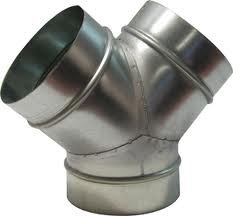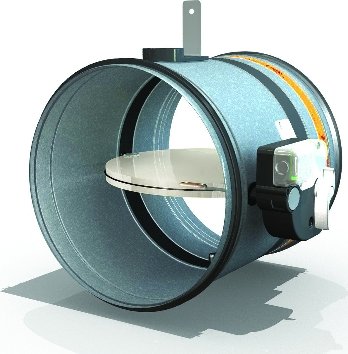nwboater
Senior Member
I'm considering the purchase of a 2 cabin 45' trawler outfitted with reverse cycle heat and A/C. It has ducting throughout. Problem is...at anchor on cold days we'd have to run the genset to power this heat pump system. So, my question is: Has anyone installed a diesel heater (Webasto air?) that uses the same ducting already in place for the reverse cycle system? My other option is to install a separate diesel furnace hydronic system (Kabola, Hurricane) but at considerable cost. Any suggestions will be greatly appreciated -- Thanks!


